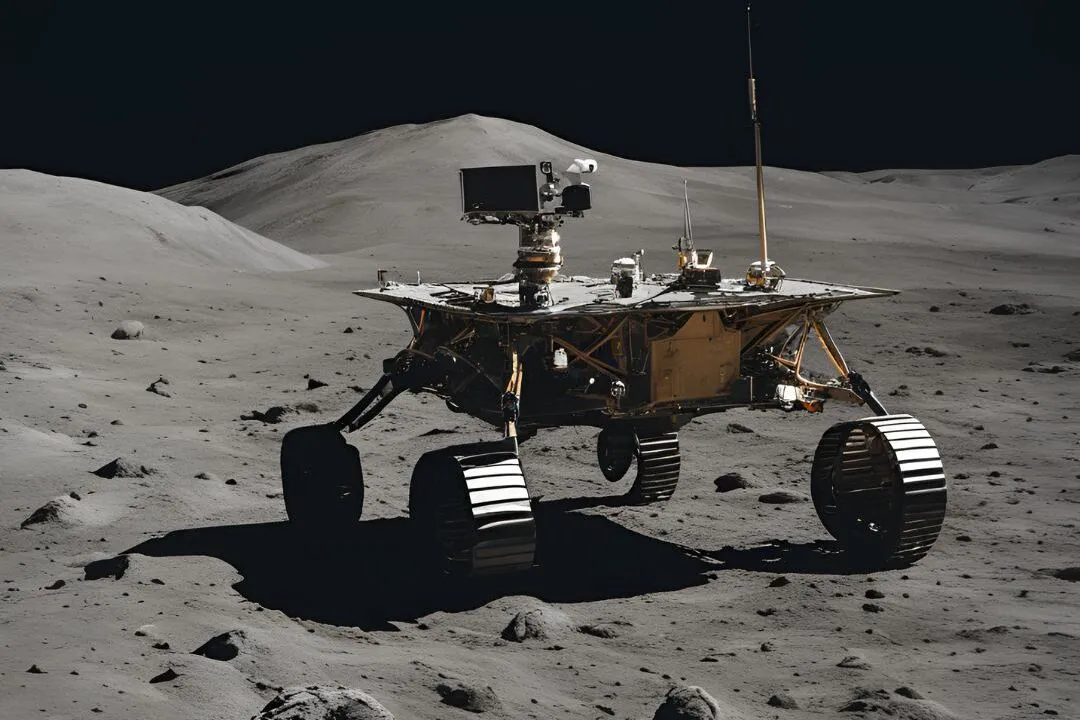India’s space exploration capabilities are continuously expanding. The Indian Space Research Organization (ISRO) has made huge progress in developing space technology. From the historic Chandrayaan-3 that landed on the moon’s south pole to Gaganyaan: India’s first human spaceflight mission and now the Chandrayaan-4, these missions will indeed bring good times for India’s economy, scientific research, and career opportunities for students.
This will also open the windows for international collaborations. The foundations are already being built with a recent partnership between ISRO and NASA that will send Indian astronaut Shubhanshu Shukla to the International Space Station and the partnership with the European Space Agency (ESA) for the Proba 3 mission.
As per the article published by the Press Information Bureau (PIB) on September 18, the union cabinet chaired by Prime Minister Shri Narendra Modi has approved the Chandrayaan 4 mission. The budget of Rs. 2,104.06 crore is assigned for this mission. This cost includes spacecraft development and realization, two launch vehicle missions of LVM3, external deep space network support, and other special tests.
What are the objectives of the Chandrayaan-4 mission?
- The Chandrayaan-4 mission will be a foundational mission for India’s Human Moon landing mission by 2040.
- The mission will test docking, undocking landing, and safe return to Earth after collecting some valuable lunar samples.
The Indian government has recently expanded the outline for India’s future space missions. This list includes an Indian space station by 2035 and an Indian astronaut on the moon by 2040.
This timeline represents India’s rapidly growing technological potential and space exploration capabilities.



